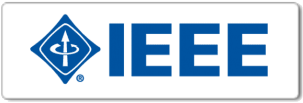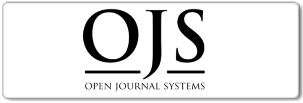Submissions
This journal is not accepting submissions at this time.
Submission Preparation Checklist
As part of the submission process, authors are required to check off their submission's compliance with all of the following items, and submissions may be returned to authors that do not adhere to these guidelines.- The submission has not been previously published, nor is it before another journal for consideration (or an explanation has been provided in Comments to the Editor).
- The submission file is in Microsoft Word file format.
- The manuscript follow JUTIF's Template; and all illustrations, figures, and tables are placed within the text at the appropriate points, rather than at the end.
- Use IEEE Format for References. Minimum references is 25 with 80% come from journals/conferences
- If you need assistance/help/want a fasttrack, please contact 08564066144 (By Whatsapp/Telegram)
Privacy Statement
The names and email addresses entered in this journal site will be used exclusively for the stated purposes of this journal and will not be made available for any other purpose or to any other party.



























